
A reader asked today, "so what is the weather really like in La Ceiba?" I guess he knew that La Gringa would give him the straight scoop, not the usual tourist line of "Honduras is a comfortable 70°F (21°C) year round." (Not true.) The only way to get an average of 70°F is to average in the temperatures at the top of the mountains with the parts of the country in which people actually live. He also mentioned that the pictures he usually sees on the internet show La Ceiba to be a grey and cloudy looking place. (Also not true.)
First of all, if anyone wants an official weather report, enter 'La Ceiba Airport' in any of the on-line international weather services. Just 'La Ceiba' won't do. Apparently someone at the airport is in charge of recording the hourly weather, but I don't know how accurate these things are, especially since the airport closes about 6 p.m. See my other weather articles Temperatures − Don't trust them and Rain, rain, go away regarding my doubts of the accuracy of Honduran weather reports.
Don't even bother to check the Honduran newspapers. The daily La Prensa predicts tormentas (rainstorms) for La Ceiba approximately 340 days per year (not true) and the few days that it predicts soleado (sunny), it is guaranteed to rain.
 The sky really is very bright blue most of the time with lots of thin white clouds blowing across it. I usually try to take my pictures when it is a little cloudy, otherwise the tropical sun is so bright that all the colors are washed out and the grass looks white. I took a picture of the bright blue sky today.
The sky really is very bright blue most of the time with lots of thin white clouds blowing across it. I usually try to take my pictures when it is a little cloudy, otherwise the tropical sun is so bright that all the colors are washed out and the grass looks white. I took a picture of the bright blue sky today.La Ceiba does tend to be cloudy because the breezes from the ocean bring the clouds and then they hit the mountains and start blowing across the coast. (That's my non-meteorologist version.) But it isn't gloomy clouds and a few clouds are welcome. It is very, very hot when there are no clouds.
A quick google search for 'Honduras rainy season' shows reports of every different combination of months that you can imagine. Haha! Most Ceibeños will tell you that the rainy season here is roughly September through March. There is not a big distinction in La Ceiba between the rainy and dry seasons. We get rain year round, just more during the rainy season.
I recently have found out that La Ceiba's rainy season is in different months than much of the rest of Honduras and Central America, which have a rainy season during the summer and a dry season during the winter. The reason is that the north-facing coast of Honduran gets hit by the northern cold front winds coming from Canada and the U.S. as well as the tropical Atlantic storms. The brunt of most hurricanes seem to bypass the north coast (knock on wood), breaking up in the mountains to the south and west of us or turning instead to the Yucatan peninsula of Mexico, Cuba and the southern U.S.
December and January are the only months where we may get a week or more of continuous rain, usually only once or twice each year. That is the only risky time for tourists on a short trip − especially those traveling further into the country since heavy tropical storms frequently wash away roads and tumble bridges.
Generally, rain falls after 4 p.m. for some reason that I don't understand. Most rains are just a blip in the day and won't affect your enjoyment as a tourist. Tropical rains can be very intense, but they come quickly and go quickly and everything dries up almost immediately.
Hondurans consider February to be the official start of verano (summer) and rarely even use the term invierno (winter). Seasons don't mean much in Honduras − elevation is what marks the difference in climates. In the mountains it can get quite cold, especially at night. San Pedro Sula is generally hotter than La Ceiba and Tegucigalpa is generally cooler.
During most of the year, La Ceiba daytime temperatures average in the mid- to high-80's°F (29-32°C) with humidity in the 70% to high-80% range, and temperatures falling to the 70's°F (22-26°C) only occasionally during the winter months. The humidity is the killer, not the temperatures. Nighttime temperatures are not too much lower. I wear shorts year round and have pulled out a sweater or light jacket only half a dozen times in five years.
After I wrote this, because I didn't want to be influenced by reading other reports (or as some might say, ;-) I didn't want to be influenced by the facts), I did some research and found this site, Countries of the World - Honduras Climate which seems to have the most accurate description of the Honduran climate.
By the way, this is a fascinating site, with detailed information about every country in the world from the U.S. Library of Congress, the CIA Factbook, and the United Nations. It includes rankings in many categories so that you can compare your country with others. Go to the main index of Countries of the World to select another country. I was so enthralled that I could hardly get back to finish this article!
So that's La Gringa's unofficial climate report, as unscientific as it is!






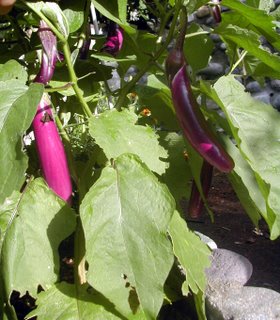


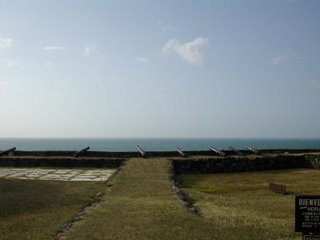



















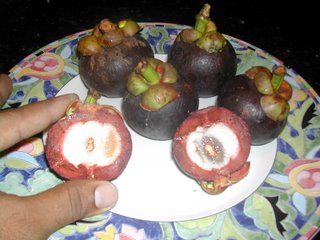
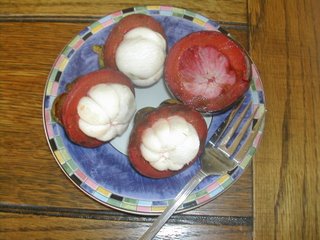




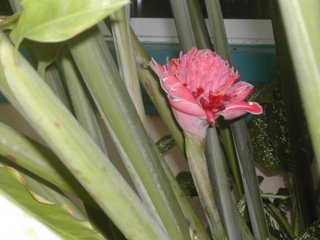
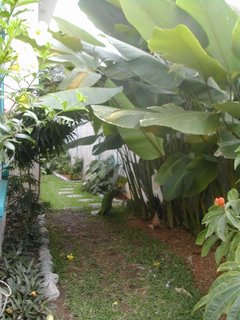

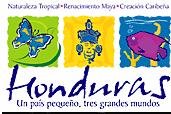

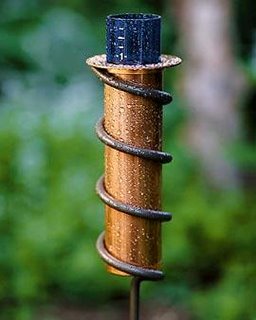


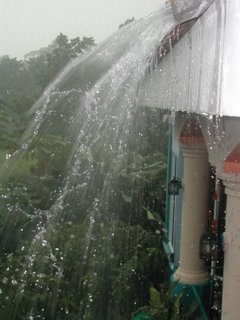






 Welcome to my Blogicito —
Welcome to my Blogicito — 








